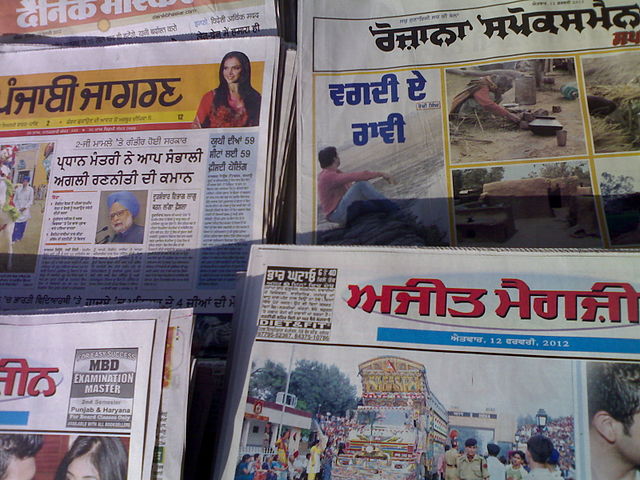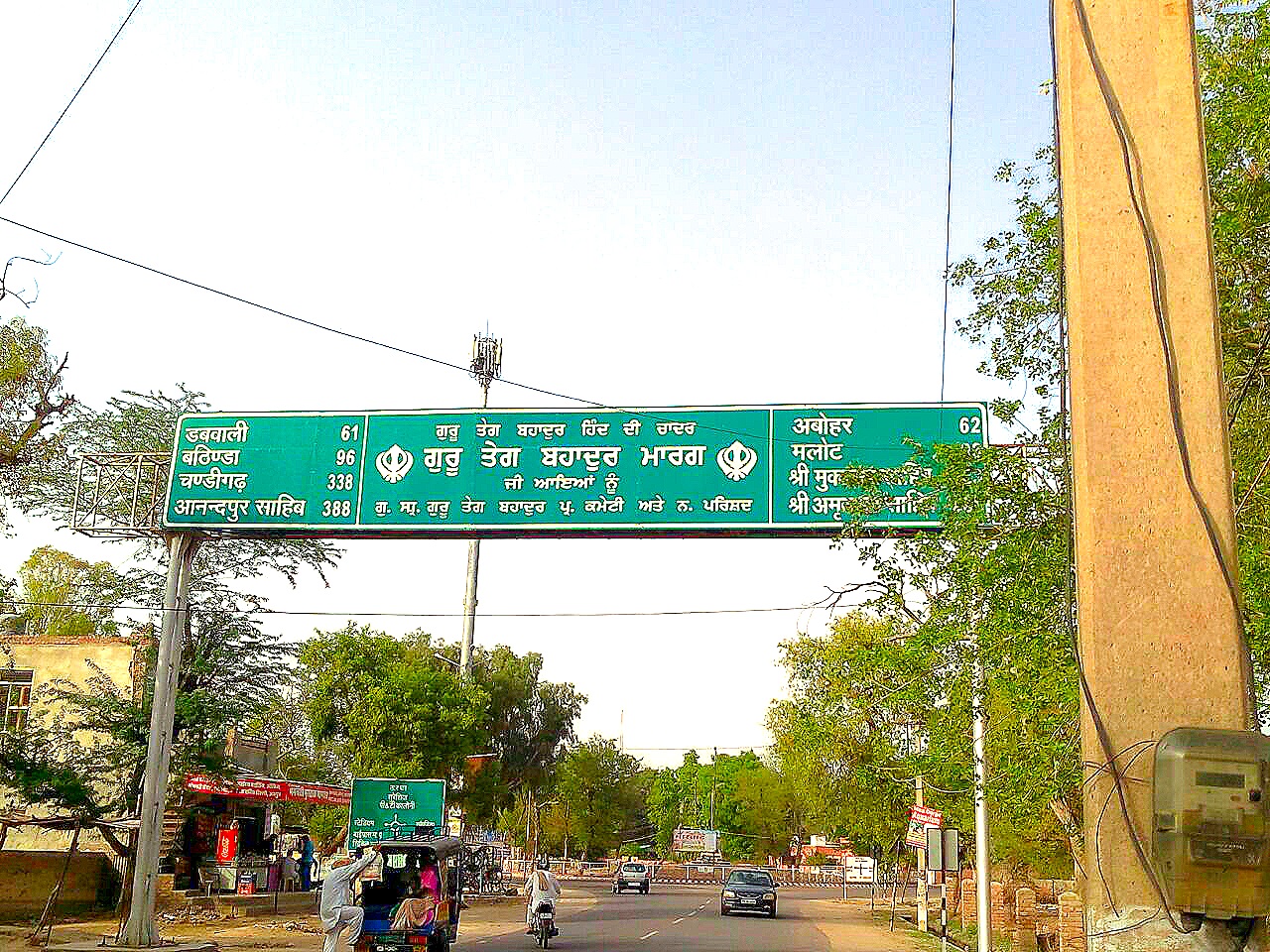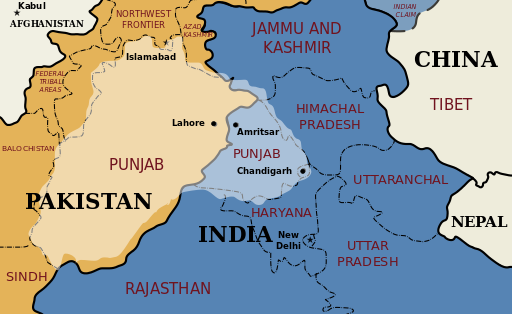Punjabi: A Unique Indo-Aryan Language
When it comes to popular languages to learn we tend to go with the trend and think of things like Mandarin, Spanish and English. But if you look at any top ten most widely spoken language list, and there will be all sorts of other languages that are worth your consideration. This time, Punjabi is taking its turn in the spotlight. Come with us as we look at this language we don't yet know enough about!
Photo via Wikimedia
Punjabi Statistics
There are approximately 130 million speakers of Punjabi, with around 76 million native speakers throughout Pakistan and about 26 million in India as its eleventh most widely spoken language. The rest are L2 speakers who make up the Punjabi diaspora across the world.
There are two major dialects of Punjabi: Eastern, spoken by 29 million, and Western, spoken by around 93 million. The shortfall here is made up of other, smaller dialects; Greater Panjabi, as it is technically known, is more of a series of dialects than one language.
Basics and a little history
Punjabi is an Indo-Aryan language that is generally ranked ninth or tenth on most popular language lists. It uses two writing systems: Shahmukhi — a Perso-Arabic alphabet ( ست سِری اَکال), and Gurmukhi — a modified Sikh script (ਸਤਿ ਸ੍ਰੀ ਅਕਾਲ।).
The Punjabi diaspora reaches far and wide to include countries such as Australia and New Zealand, the United States and Canada, the United Arab Emirates, and the United Kingdom, Italy and the Netherlands.
The word Punjabi derives from the Persian word for five waters, which refers to the five tributaries of the Indus river. Punjabi developed from Sanskrit through Prakrit languages, emerging from a degenerated form of Prakrit in the seventh century and becoming stable as a language by the tenth.

Photo via Wikimedia
Phonology
Punjabi is a tonal language utilising high-falling, low-rising, and neutral tones. This neutral tone makes up around 75 percent of Punjabi words, which some describe as having an absence of tone. It is the only Indo-Aryan language to use tones, and as with all tonal languages not paying attention to the different tones might mean the difference between making friends and making enemies.
kàr (high-falling) house
kár (low-rising) dandruff
kar (level) do/hands
kòṛā (high-falling) horse
kóṛā (low-rising) leper
koṛā (level) whip
Punjabi has a ten-vowel system of three lax and seven tense vowels. Lax vowels are short, and tense long, and can be oral or nasal. There are twenty-eight consonants in Punjabi, and unlike other Indo-Aryan languages Punjabi, does not have aspirated voice stops.
Learning a new language? Check out our free placement test to see how your level measures up!
Grammar
Punjabi distinguishes two numbers and genders, and five cases: direct, oblique, vocative, ablative and locative/instrumental. Adjectives are declinable and indeclinable. Word order is subject-object-verb, with Punjabi using postpositions like English does prepositions.

Photo via Wikimedia
Over to you
Okay, so that's the technical stuff out of the way; don't worry, there won't be a pop quiz at the end! But here are a few useful words and phrases with punctuation guides if you want to practice for yourself.
We hope you have enjoyed this brief look into the beautiful language that is Punjabi!




